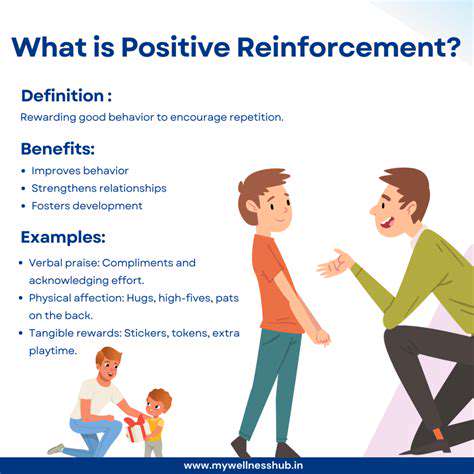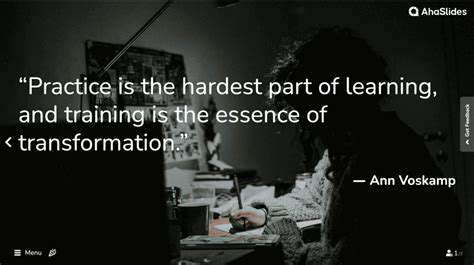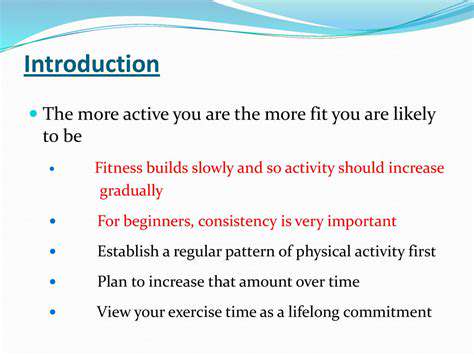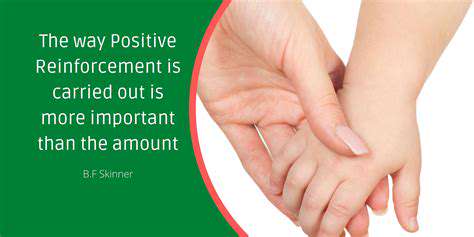Training Your Dog to Be Quiet on Command: Step by Step Instructions

Establishing a Solid Quiet Command
Understanding the Importance of a Quiet Command
A well-taught quiet command transforms how your dog responds to everyday triggers, particularly when excessive noise could disturb neighbors or household peace. This tool doesn't just stop barking—it builds mutual understanding between owner and pet. Whether you're hosting dinner guests or enjoying morning coffee, having this command in your training arsenal makes coexistence smoother. The real value lies in creating predictable responses rather than suppressing natural behaviors.
Beyond practicality, mastering this command strengthens your relationship through clear communication. Dogs thrive on structure, and consistent commands establish you as a reliable leader. A pup that responds to quiet adapts better to apartment living, outdoor cafes, and visits to friends' homes. This adaptability reduces stress for both of you in the long run.
Implementing the Quiet Command Through Positive Reinforcement
Reward-based training yields the best results when teaching vocal control. Instead of scolding for noise, keep high-value treats ready during training sessions. Say quiet in a calm, firm tone as soon as your dog pauses their barking—even momentarily—then immediately reward. This precise timing helps them connect the command with the action you want.
Vary your practice locations to generalize the behavior. Start indoors with minimal distractions, then gradually introduce challenges like doorbells or passing cars. Short, frequent sessions work better than marathon trainings that frustrate both of you. If your dog regresses, return to easier scenarios before advancing again. Patience during this process prevents setbacks.
Addressing Common Challenges and Troubleshooting
Some dogs struggle because they don't recognize what quiet means. In these cases, capture natural quiet moments first—when they pause to breathe between barks, mark that instant with the command and reward. This builds understanding before adding the cue to active barking situations.
For anxiety-driven barking, observe patterns carefully. Does your pet vocalize mostly when left alone? At specific noises? Consulting an animal behaviorist often reveals solutions owners overlook, like adjusting window views or using pheromone diffusers. Medical issues like hearing pain can also cause increased vocalization, making a vet visit worthwhile for persistent cases.
Environmental management proves equally important. If your dog barks at passersby, temporarily block visual access to windows during training. For sound-sensitive pets, background music can mask triggering noises until they master the quiet command. The key is controlling the environment while building new habits.
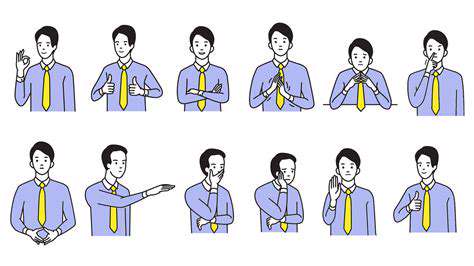
Addressing Specific Triggers and Environments
Understanding the Root Causes of Barking
Effective intervention starts with detective work—track barking incidents like a scientist recording data. Note whether reactions stem from territorial alerts, play invitations, or stress responses. Herding breeds often bark at moving objects, while companion dogs may vocalize for attention. Recognizing these nuances allows customized solutions.
Age plays a significant role too. Adolescent dogs test boundaries through vocalization, while seniors may bark more due to cognitive changes. Adjust expectations accordingly—a puppy won't have the impulse control of a mature dog, no matter how thorough the training.
Evaluating Home Environments for Triggers
Conduct a room-by-room assessment for overlooked stimuli. That fish tank filter humming at 18kHz might irritate your dog's sensitive hearing. Reflective surfaces that create movement illusions can trigger guarding behavior. Even the placement of furniture matters—a couch near the front window creates a barking lookout post.
Consider sensory enrichment for barren spaces. Boredom barking decreases dramatically when dogs have puzzle feeders, snuffle mats, and rotated chew toys. For confined areas, visual barriers can help dogs feel secure without needing to patrol their space vocally.
Addressing Barking at People or Animals
Reactivity training requires gradual exposure. Start at distances where your dog notices the trigger but doesn't bark—reward calm behavior there first. Over multiple sessions, slowly decrease distance while maintaining composure. This systematic approach prevents overwhelming your pet. For dogs barking at delivery personnel, practice with friends wearing hats/uniforms to desensitize these specific triggers.
Training Strategies for Excitement-Based Barking
Channel enthusiastic energy productively. Teach an incompatible behavior like go to your mat before triggering events (doorbells, leash pickup). The physical action of moving to a location disrupts the barking sequence. Pair this with impulse-control games during calm moments to build overall self-regulation.
For car-chasing or fence-running barkers, create alternative jobs. Scatter treats along fence lines to encourage sniffing instead of patrols. Install visual barriers if needed—sometimes simply obstructing the sightline breaks the habit cycle.
Utilizing Sound-Based Distractions
Audio tools work best when layered with other strategies. Classical music with consistent rhythms (think reggae or soft rock) often calms dogs better than erratic nature sounds. For noise-phobic dogs, pair new sounds with treats to rebuild positive associations. Volume should remain barely audible at first, increasing gradually over weeks.
Implementing Counter-Conditioning Techniques
Transforming fear responses requires precise timing. The moment your dog notices a trigger (before barking starts), begin delivering high-value treats. Stop when the trigger disappears. This teaches them to anticipate rewards rather than react defensively. Keep sessions brief—under five minutes to avoid fatigue.
Creating a Calm and Predictable Environment
Structure reduces anxiety-driven barking. Implement the nothing in life is free protocol—dogs work for meals, pets, and outdoor access through simple commands. This provides mental stimulation while reinforcing your leadership. Consistent wake-up times, walk routes, and feeding schedules create security that minimizes stress vocalizations.
For multi-pet households, ensure resources (beds, toys, attention) are plentiful to prevent competition barking. Some dogs benefit from designated quiet zones with familiar scents where they can retreat when overstimulated.
Read more about Training Your Dog to Be Quiet on Command: Step by Step Instructions
Hot Recommendations
- The Impact of Early Socialization on a Dog's Interaction with Other Animals
- Car Travel and Puppy Socialization: Making the Journey a Positive Experience
- The Importance of Early Environmental Exposure for Puppy Development
- Taking Your Puppy to the Vet: Positive Socialization Strategies
- Making Training a Positive Experience for Your Puppy
- Public Transportation and Puppy Socialization: A Step by Step Guide
- Safe Socialization: Allowing Others to Pet Your Puppy
- Helping a Puppy Who Struggles with "Stay"
- Positive Puppy Interactions: Making Meetings with New Friends Fun
- No Treats Needed? Training Basic Commands with Verbal Praise



